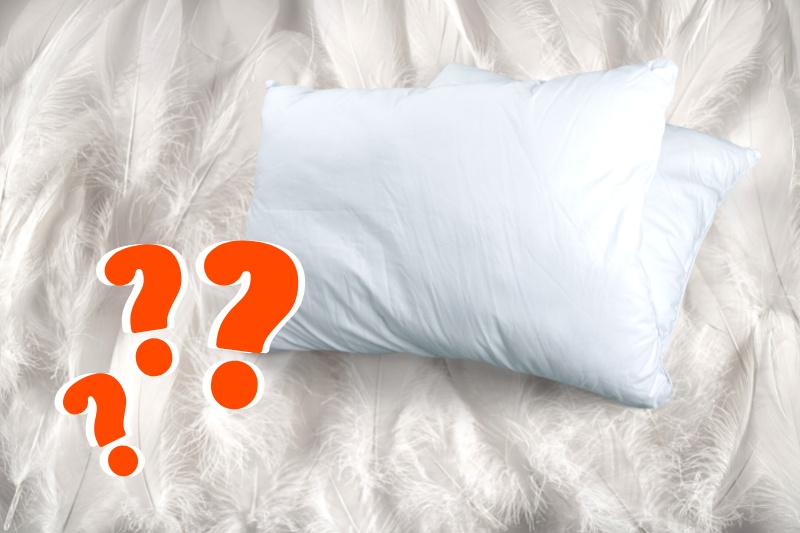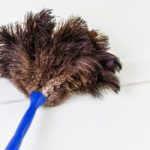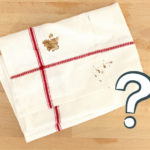Duck feather pillows add a little bit of much-needed luxury to the bedroom. Not only do these pillows look plump and fluffy, but they also feel fantastic to sleep on and give added comfort when going to bed.
However, like all pillows, duck feather pillows need to be looked after properly to retain their fresh smell and plush look.
Read on to find out how to wash duck feather pillows without causing any damage. Following our guidelines, your pillows are sure to look amazing every time you clean them.
Machine Washing Duck Feather Pillows
Many people are scared to wash duck feather pillows in case they come out the worse for wear.
It’s not uncommon for pillows to come out of the wash lumpy and misshaped, but by following our guidelines, cleaning your duck feather pillows in the washing machine will soon seem easy.
These steps will not only leave your pillows smelling great, but they will also help reinvigorate them and return them to their original, fluffy state.
Plus, our guidelines can also be used on any other feather pillows you may have around the home!
All you need to do is follow the below steps:
1. Remove covers
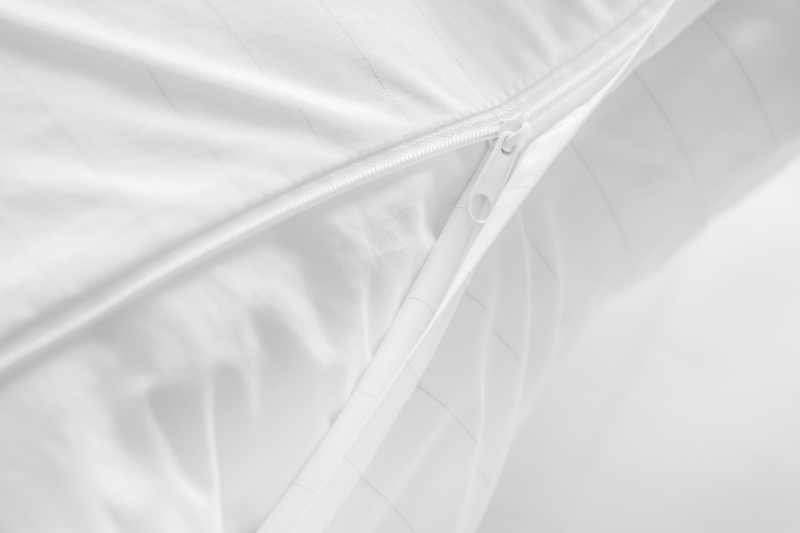
This first step may seem obvious, but make sure to remove any protective layers or covers that are on your pillows before putting them in the wash.
These layers must always be washed separately and more frequently than your pillows.
While removing the covers, it is essential that you also check the care label on each of your pillows.
Most will come with instructions for what temperature they need to be washed at, and occasionally, you’ll also come across a label that says machine washing is a no-go. If this is the case, do not continue with these instructions, as it will cause damage to your pillow.
2. Inspect pillows for tears and stains
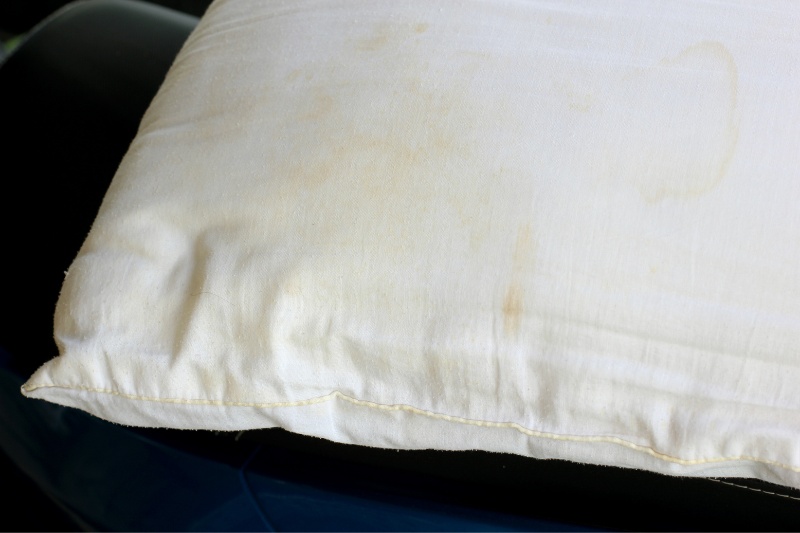
If your pillows are fine for machine washing, the next thing you need to do is inspect them for any damage. This includes both tears in the fabric and stains.
Rips and tears need to be sewn shut with a needle and thread before washing, whilst any stains can be pre-treated to increase the chance of them coming out in the wash.
Once again, ensure you follow the pillow care label when applying stain remover; otherwise, your pillow may become damaged.
3. Wash two pillows at a time
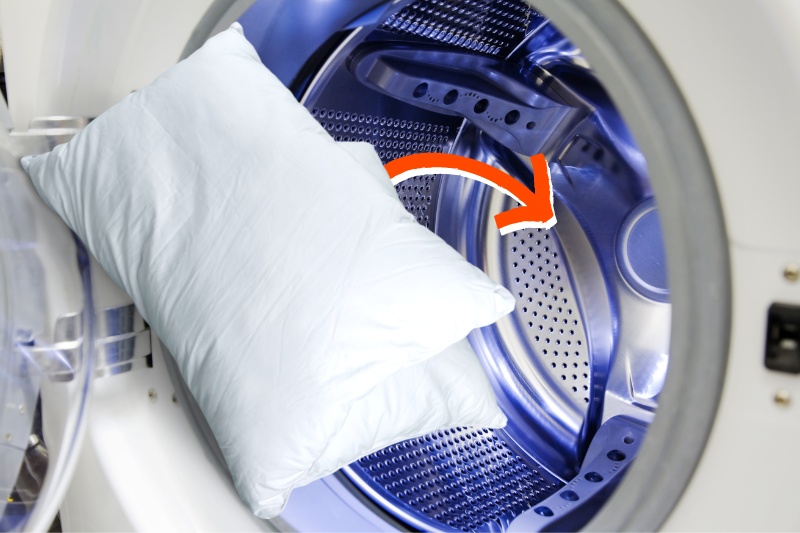
Once you’ve inspected your duck feather pillows, sewn up any holes, and pre-treated all stains, it’s time to put them in the washing machine.
Even if you only think one of your pillows needs washing, we highly recommend putting two into the machine at a time. This helps balance the washing machine and prevent the drum from breaking.
When washing duck feather pillows, front-loading machines work best as they don’t have agitators.
However, if you have a top-loading washing machine, keep the feather pillows vertical when loading them into the drum. When the pillows sit vertically, they won’t be damaged by the agitator.
4. Use a gentle detergent
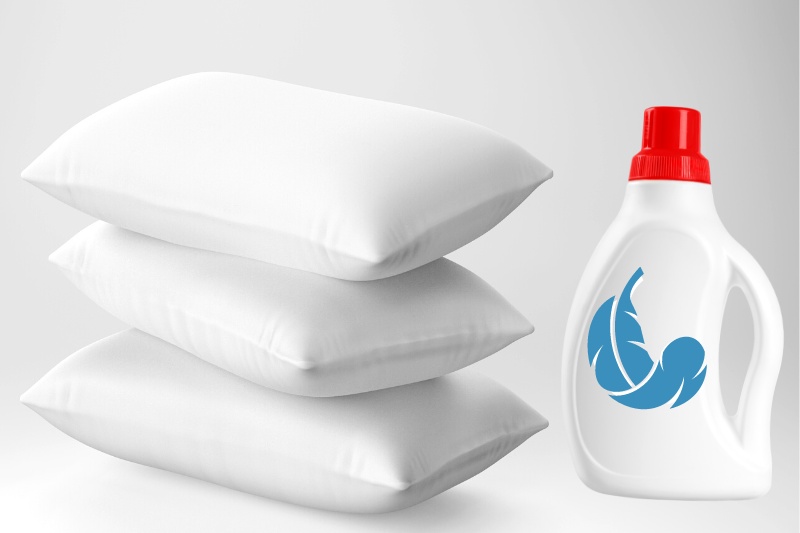
Due to their delicate nature, it is crucial that you use a gentle detergent when washing duck feather pillows. By this, we mean a low-sudsing detergent that doesn’t contain any additives.
If your detergent is too soapy, residue will be left behind on the feathers, causing them to clump together.
The same happens when fabric softener is used, so this needs to be avoided. In most cases, you will also need to use less detergent than you would for a normal load of laundry. Just one or two teaspoons will do it.
5. Choose your water temperature and cycle
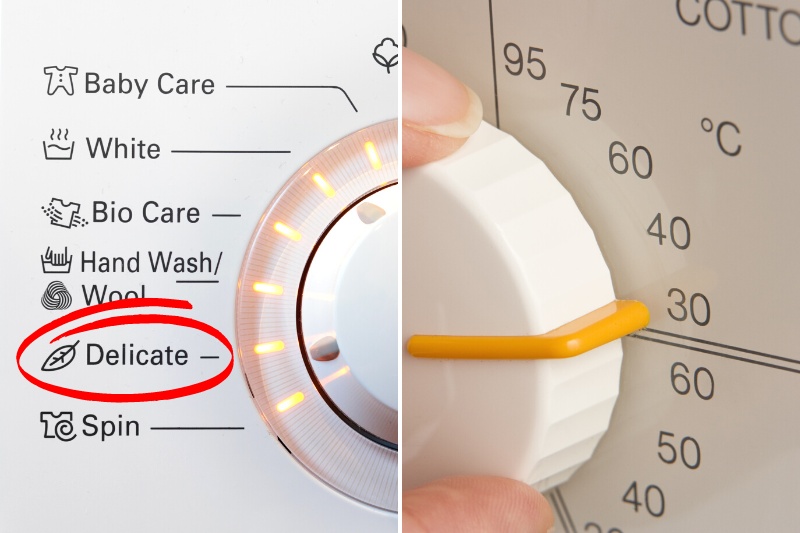
Make sure to set your machine to a gentle or delicate cycle when washing duck feather pillows to ensure no harm to the filling.
When it comes to the water temperature, always make sure to follow the care label instructions if they have been given.
If your pillow doesn’t have any recommendations, a colder wash is your best bet. Hot water is excellent at removing dust mites and bacteria from duck feather pillows, but these high temperatures can also cause damage.
Warm or cold water needs to be used wherever possible. Many people wash at 30 or 40 degrees centigrade with no issues.
6. Add an extra rinse cycle
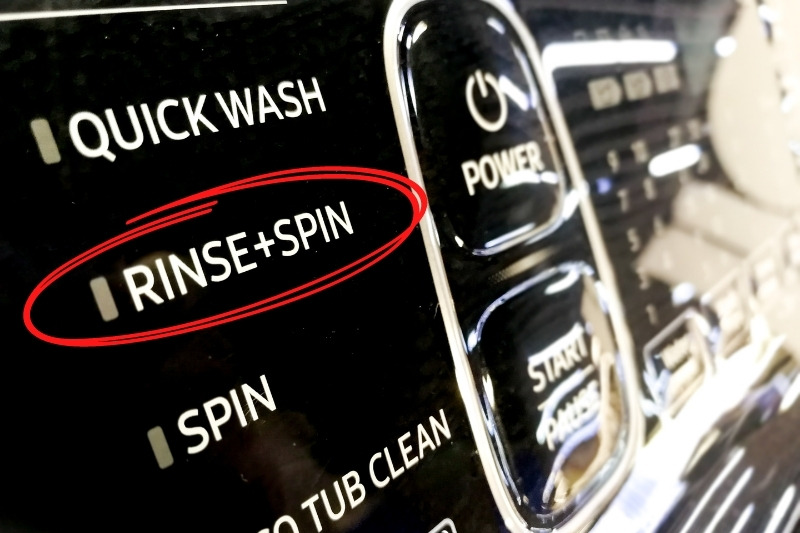
If you have a little extra time, always add an additional rinse and spin cycle to the end of your machine’s usual cycle.
This will increase your washing time, but it will also allow your pillows to be rinsed with clean, fresh water.
Adding these extra cycles onto the end of your usual wash cycle is very beneficial, as they will remove as much soap and water residue as possible from the inside of the pillow.
Removing this excess water and residue speeds up the drying process and prevents mould and unpleasant odours from developing in the future.
How to Dry Duck Feather Pillows After Washing Them
Now that you know how to wash your duck feather pillows correctly, it’s important that you also learn how to dry them effectively.
Although you can leave the pillows to air dry, you can also chuck them in the tumble dryer (providing the care label doesn’t say otherwise) by following these simple steps:
1. Remove the excess water
Before placing your pillows into the tumble dryer, remove as much excess water as possible. A lot of this water will have been removed during your washing machine’s extra spin cycle, but you can remove even more with the help of a few towels.
Start by laying your pillow on top of a dry towel. Then, place another towel on top of the pillow and press down as hard as possible to force the water out.
When doing this, you must never twist the pillow, as this will damage the duck feathers inside.
2. Use a low heat setting

Once as much water as possible has been removed from the pillows by hand, you can put them in the tumble dryer.
Use a no-heat setting wherever possible, as this is the safest way to dry your feather pillows.
You can use a low-heat setting to speed up the drying process, but this increases the chance that the duck feather filling will become damaged.
No matter which temperature setting you end up using, you will have to run your pillow through several cycles before it is fully dry.
3. Regularly check the pillows
We recommend checking your pillows and fluffing them up between each drying cycle. Not only will this enable you to tell when your pillows are dry, but it also reduces the chances of the duck feathers clumping together and forming lumps.
Be aware that your pillows will feel dry on the outside before they are dry all the way through. If your pillows are still clumping inside or smell damp, they will need another cycle.
Even if you don’t notice either of these things, it’s usually safer to put the pillows on for an extra drying cycle just in case.
4. Use dryer balls
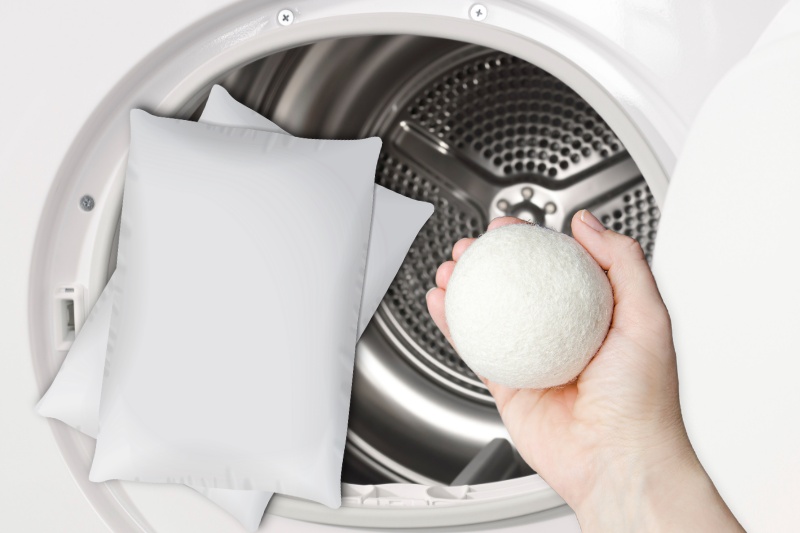
Dryer balls are optional when drying duck feather pillows, but this last step is a great way to speed up the drying process without causing any damage.
All you need to do is add a few dryer balls to the tumble dryer before a cycle, and you’ll see that your pillows become dry and fluffy again in no time.
There is a wide variety of dryer balls that you can choose from, but if you don’t want to purchase any, there are also some alternatives that you may have around the house. These include a tennis ball or a dry bath towel.
How Often Should You Wash Feather Pillows?
We recommend that you wash your duck feather pillows once every six months. This will remove any traces of dirt, bacteria, or dust mites from the pillows, leaving them fresh and clean.
Of course, there is no harm in washing your feather pillows more frequently than this, especially if something has been spilt on them.
As well as regularly washing your pillows, you also need to ensure you’re regularly washing your pillowcases.
Pillowcases help to protect your pillows from dirt and grime, meaning they stay cleaner for longer. They need to be washed at least once a month to ensure they’re still doing a good job.

Hannah has a passion for cleaning. She worked her way around Australia by cleaning hostels in exchange for free accommodation and used her cleaning skills to bag a job as a chalet host for a luxury ski company in France.
